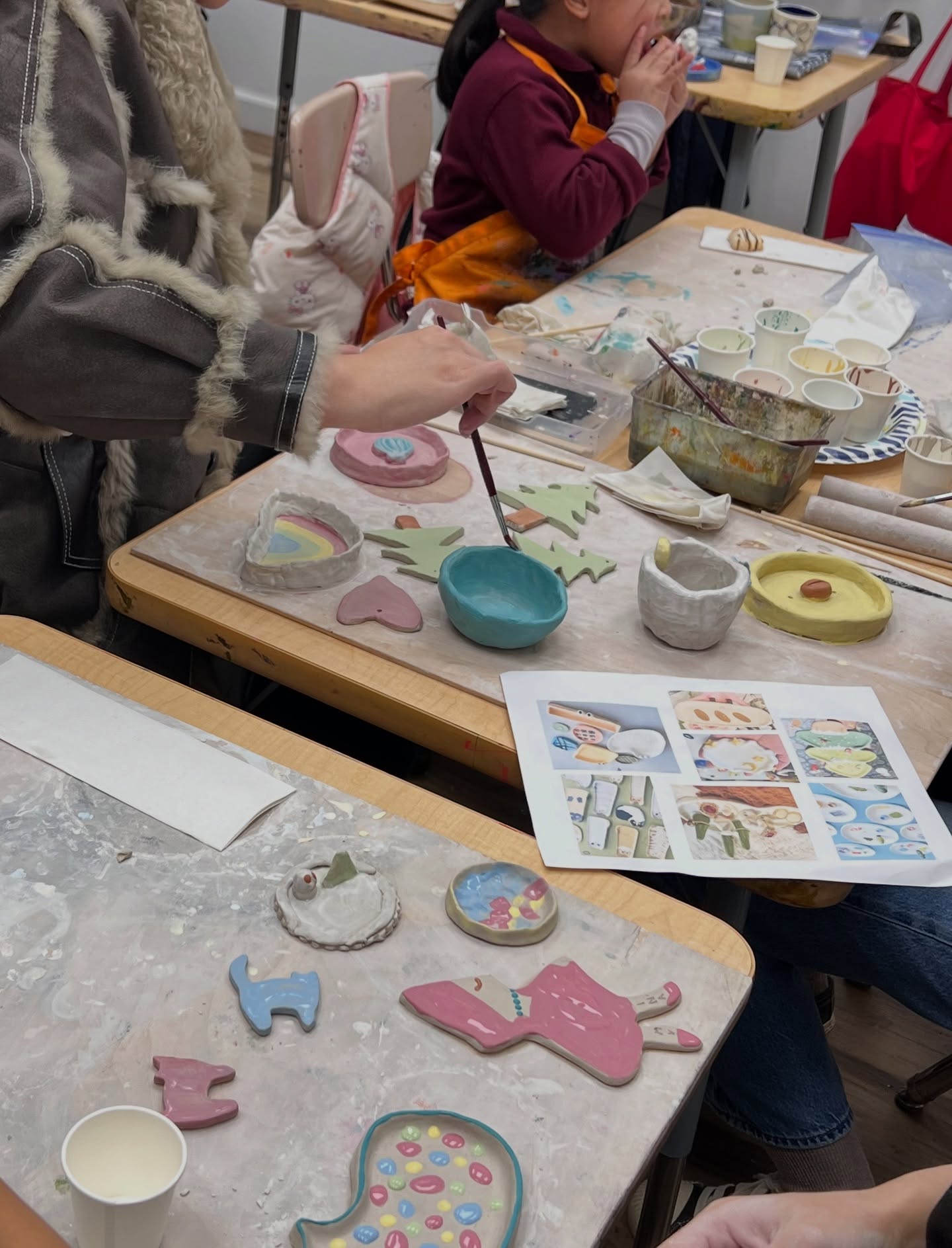If you’ve ever watched a kid smear paint across a canvas with zero concern for staying inside the lines, you already know something magical is happening. It’s messy. It’s loud. And yes, it’s kind of chaotic. But underneath all that chaos, art is shaping more than just their little masterpieces. That’s why enrolling your kid in an art class for kids isn’t just a fun hobby—it’s a real boost to their emotional and cognitive development.
Let’s face it: kids learn in all sorts of ways. Some through reading, some through play, and others through creating stuff with their hands. Art hits multiple angles at once. It challenges them, frustrates them, makes them proud, and sometimes even makes them cry. And all that stuff? It’s good for the brain. Here’s how.
Expressing Emotions Without Words
Kids don’t always have the vocabulary for what they feel. Anger, fear, joy—it’s all big and confusing. An art class for kids gives them the tools to get it out. A scribble on paper might seem small, but to a child, it’s huge. Painting, molding, sketching—these are all ways they can say, “I feel this,” without using a single word. And trust me, that’s a big deal. Emotional expression early sets the stage for empathy and better social skills down the line.
Boosting Problem-Solving Skills
Art isn’t just about splashing paint. There’s choices to make—colors, shapes, materials. That tiny decision-making process is like a workout for the brain. When a child mixes the wrong shade of blue and gets frustrated, they have to figure out how to fix it. Maybe they start over, maybe they improvise. Boom—problem-solving in action. That kind of mental exercise transfers to math, science, and everyday life challenges.
Encouraging Focus and Patience
Here’s a reality check: kids are impulsive. Always. But when they’re in an art class for kids, they’re forced—gently, creatively—to focus. Maybe it’s drawing a detailed scene or patiently layering colors. Those moments train attention spans. Not overnight, not magically, but steadily. And yeah, patience is one of those boring life skills that somehow makes everything easier later on.
Building Confidence Through Creation
There’s nothing like seeing a kid beam over their own work. Even if it’s a stick figure with three eyes, they made it. That pride sticks. Confidence doesn’t just come from praise—it comes from actually producing something. Regularly attending an art class for kids builds a portfolio of little wins. Those wins stack up, teaching them, “I can do things. I can make stuff. I’m capable.”
Developing Fine Motor Skills
It sounds boring, but it matters. Cutting, drawing, sculpting—these small, deliberate movements strengthen hand-eye coordination. And it’s not just for artsy stuff. Writing, typing, even tying shoes—all that fine motor control gets a subtle boost. A simple brush stroke is actually a mini workout for the fingers. Who knew?
Sparking Imagination and Creativity
Kids are natural inventors. Art feeds that. When they’re exposed to different mediums, materials, and techniques, the imagination lights up. You’re not just teaching them to paint; you’re teaching them to think outside the box. In a way, that’s preparing them for problem-solving in the real world. No one’s going to hand them a paintbrush in college, but the ability to innovate? That lasts forever.
Social Interaction and Teamwork
Art isn’t always solo. In art classes San Jose or elsewhere, kids work alongside peers, sometimes collaborating on projects. They learn to share, to negotiate ideas, and to appreciate others’ perspectives. It’s not all sunshine—sometimes arguments happen. But learning to navigate those little conflicts is pure gold. Art teaches social skills without feeling like a lecture.
Managing Stress and Anxiety
Oddly enough, art is relaxing. For kids, putting their energy into something tangible—drawing, painting, crafting—can calm a racing mind. The act itself becomes a coping mechanism. Anxiety can be huge, even for little ones. Art gives them a safe outlet to process what’s happening inside, without the pressure of talking or explaining.
Enhancing Cognitive Flexibility
Art requires thinking on multiple levels at once. What colors go together? How does this shape fit into the bigger picture? What happens if I try this technique? That’s cognitive flexibility in action—shifting thinking, considering alternatives, and adapting strategies. These skills transfer directly to learning, problem-solving, and everyday decision-making.
Encouraging Lifelong Learning and Curiosity
Finally, kids who engage with art early tend to stay curious. Art is experimentation. Sometimes it works, sometimes it doesn’t. And that’s okay. That mindset—trying, failing, trying again—is invaluable. It encourages a lifelong love of learning. And let’s be real, curiosity is the fuel behind just about every success, big or small.
Conclusion
So yeah, an art class for kids is way more than finger paints and glue sticks. It’s a gym for the brain and the heart. Emotional intelligence, creativity, problem-solving, focus, confidence—all that comes wrapped in the messy, colorful chaos of art. And when you mix in social skills and stress relief, it’s basically a full-on development program disguised as fun.
If you’ve got kids, don’t just think of art as something to keep them busy. Think of it as a way to help them grow, think, feel, and navigate the world better. Enrolling them in art classes San Jose or your local programs isn’t just a weekend activity—it’s an investment in their brain, their heart, and their future. So let them get messy. Let them experiment. And let them discover what they’re capable of, one paint stroke at a time.
